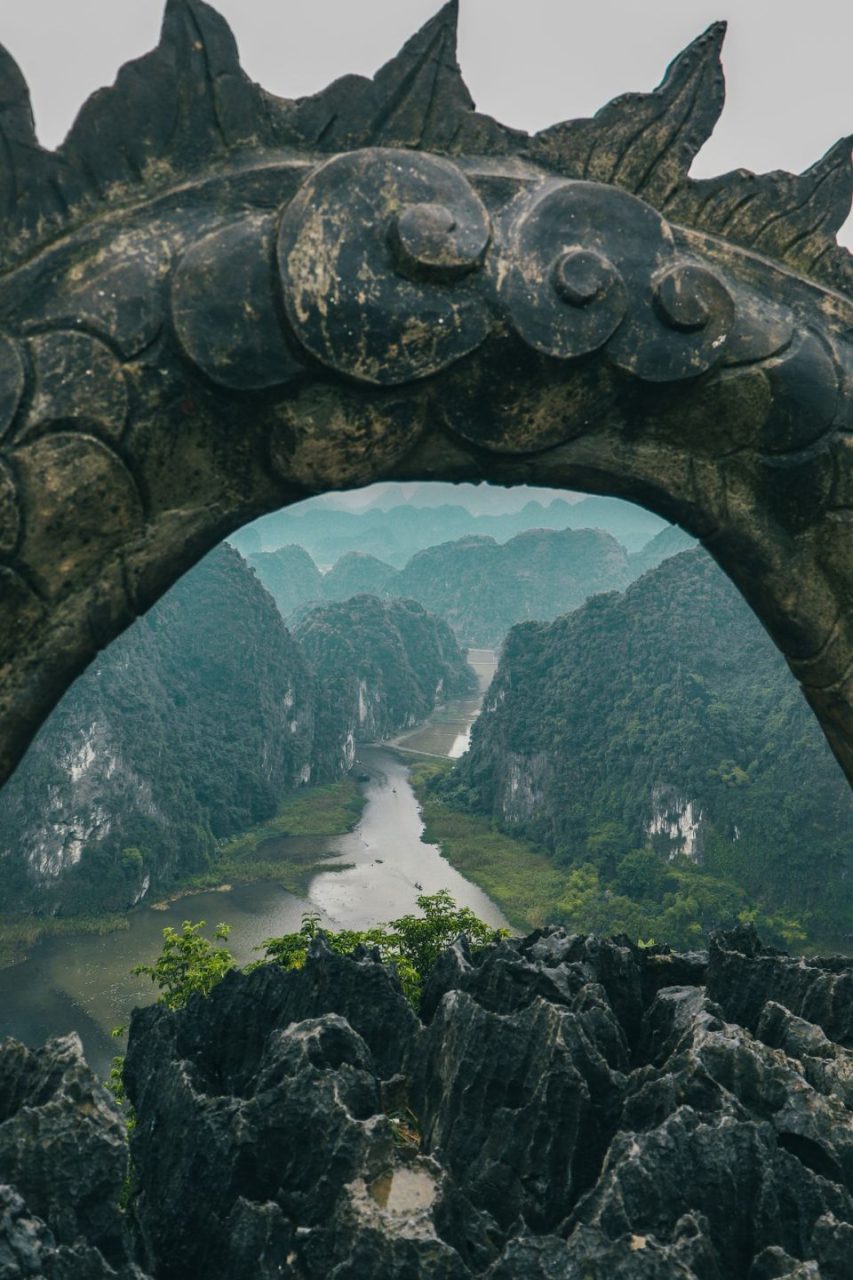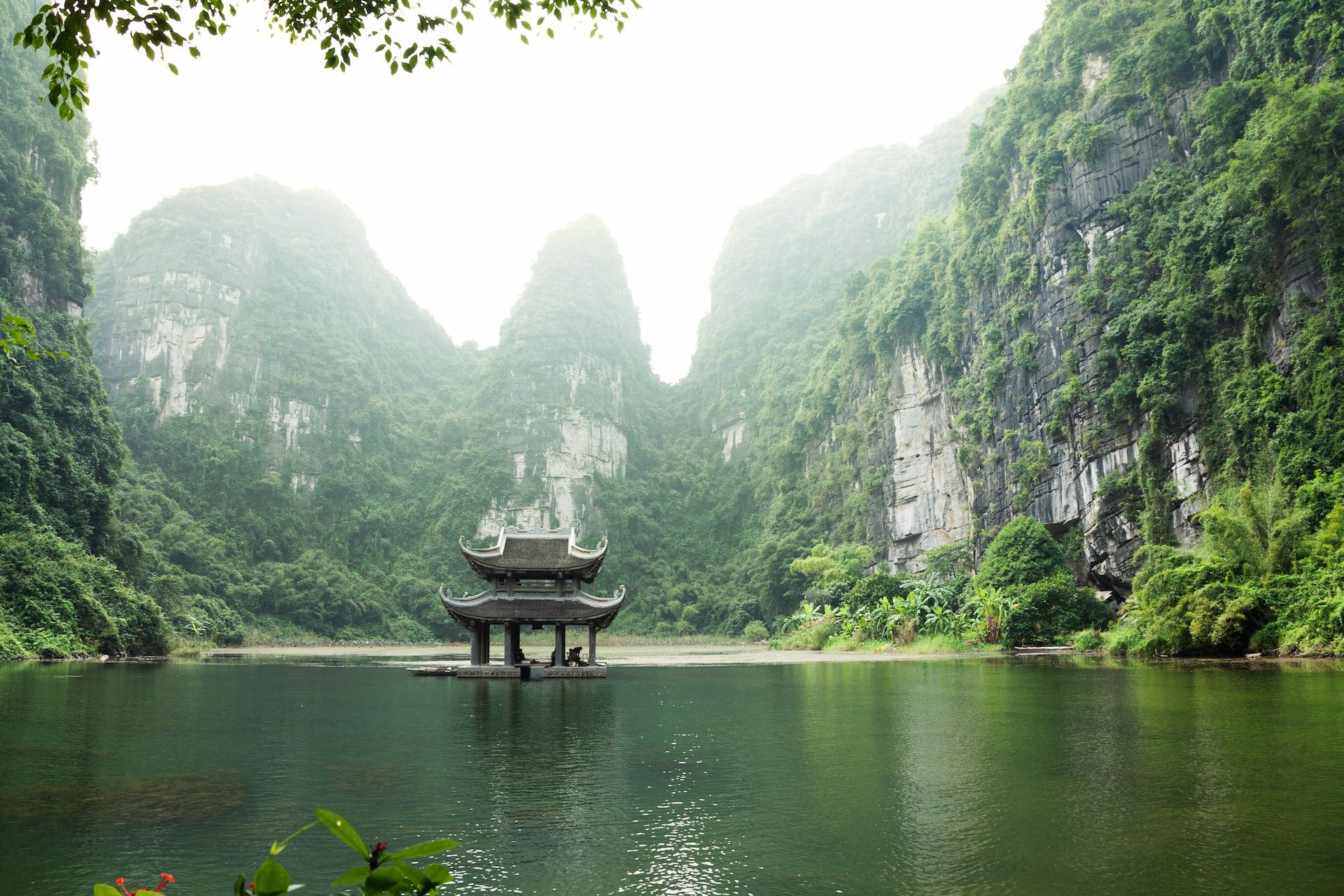Beaches, food and a colonial past put Vietnam on the wishlist of most travellers who are on a budget but wish to experience a unique culture. The country boasts of a history that dates back to 3000 BCE. Before we delve deeper into this destination, let us figure one thing out – where is Vietnam located?
Teeming with natural attractions, it is hard to resist the charm of this nation once you gain some understanding of what it offers. From waterfalls and cliffs to rivers and UNESCO-listed sites, there is so much to be explored in Vietnam that you will find a week too short for a trip here.
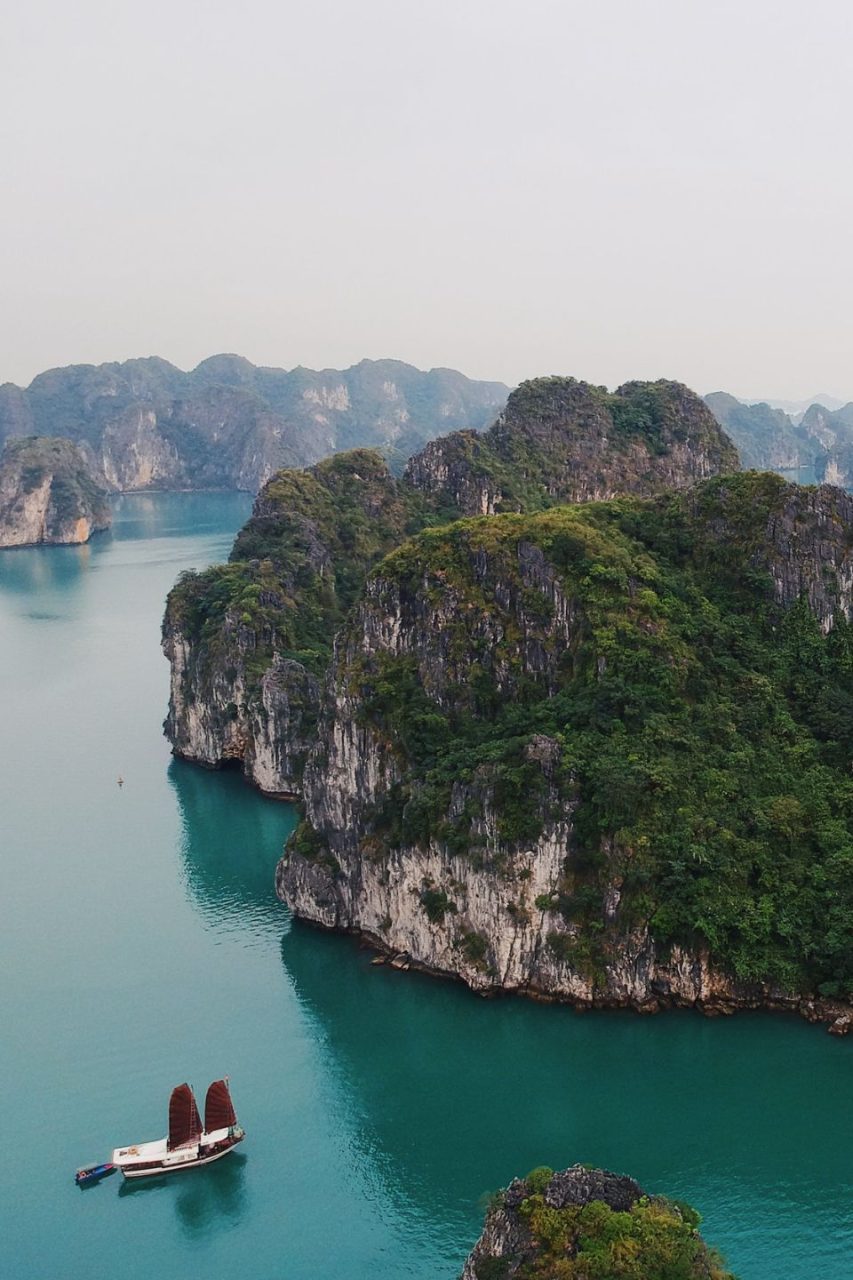
Where is Vietnam Situated?
Vietnam is located in Southeast Asia. Part of the Indochinese Peninsula, this country is spread across 8 degrees and 24 degrees North in terms of latitude and 102 degrees and 110 degrees East in terms of longitude.
The socialist country covers an area of 331,212 square kilometres or 127,882 square miles. Vietnam has Cambodia and Laos bordering it to its west and China to its North. Since the nation sits on the eastern flank of mainland Southeast Asia, it has clear access to the South China Sea in the Western Pacific Ocean.
Vietnam also shares maritime borders with Malaysia, Indonesia and the Philippines and Thailand (which is separated by the Gulf of Thailand). Part of ASEAN (Association of Southeast Asian Nations), this country in the northern hemisphere follows the Vietnam Standard Time, which is 7 hours ahead of the Coordinated Universal Time (UTC+7).
Vietnam Map from India
Vietnam is located to the east of India. It is about 3,194 km or 1,985 miles away from India in terms of aerial distance. The sea route from India to Vietnam is 4,321 nautical miles long when measured from the Port of Mumbai to the Port of Hanoi, while the distance is 3,376 nautical miles to the Port of Ho Chi Minh City.
By road, the two countries are more than 5,000 kilometres apart. A hypothetical road trip will take almost a hundred hours of non-stop driving, which translates to half a month of one-way journey after accounting for breaks and night-halts.
India and Vietnam are separated by Myanmar, Thailand and Cambodia. Each border crossing will require a visa and appropriate driving permit. This route is made easier through the IMT Highway (India-Myanmar-Thailand).
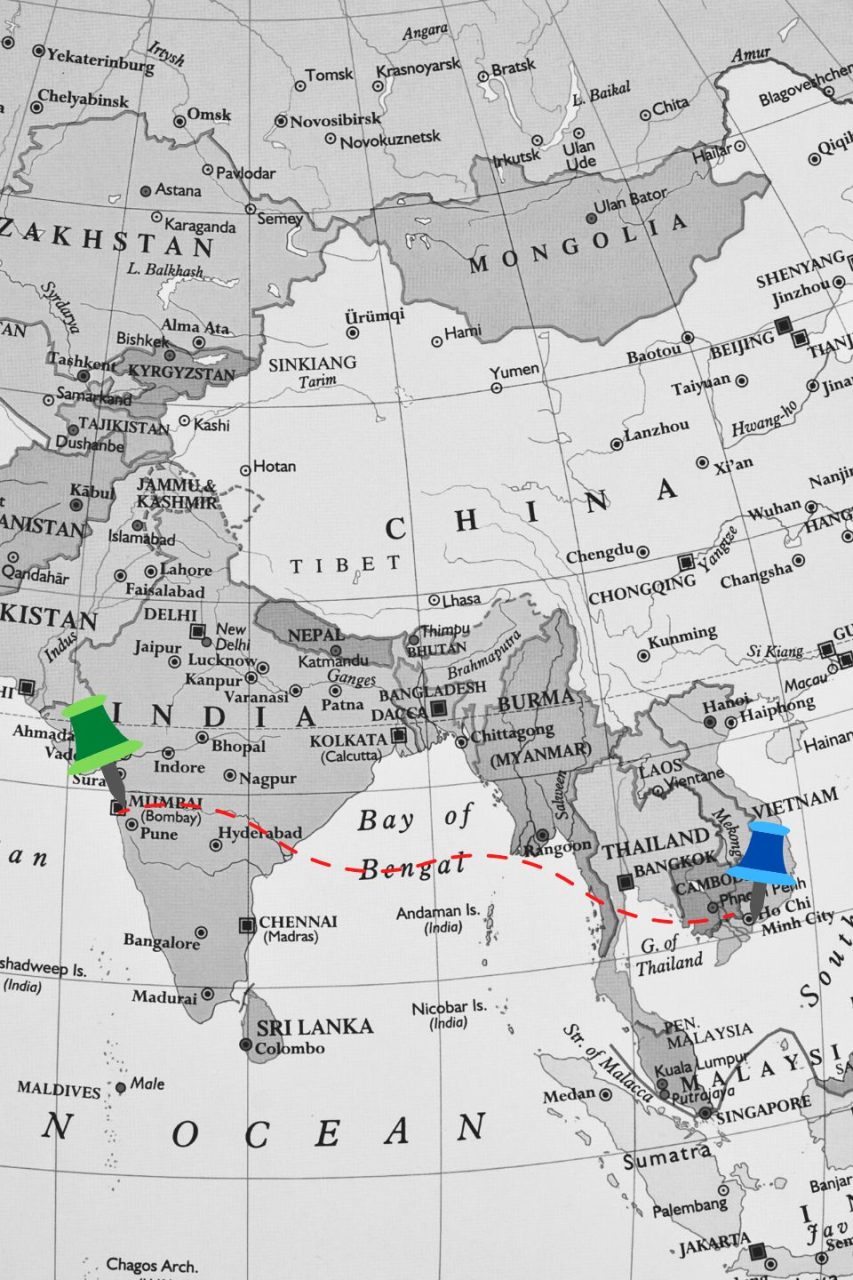
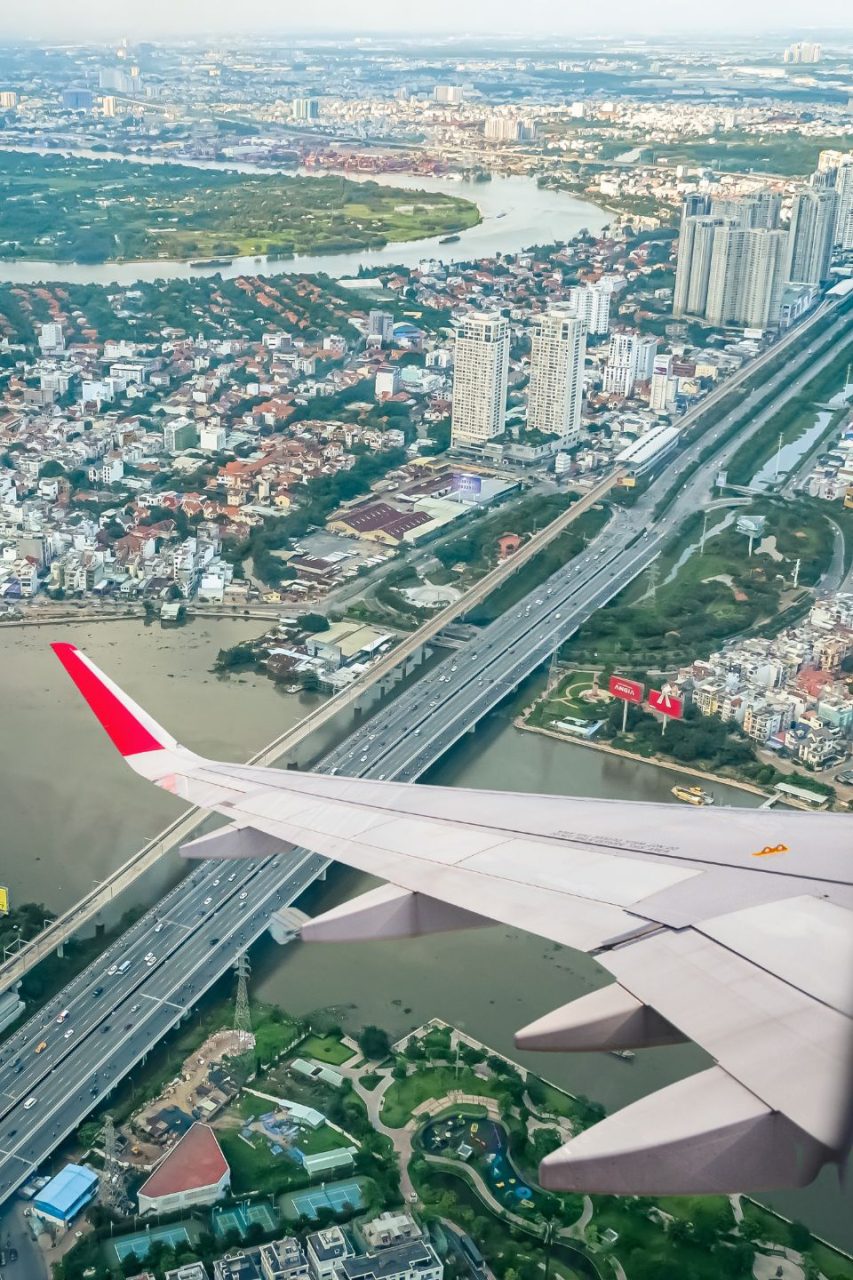
How to Reach Vietnam from India
The fastest way to travel to Vietnam from India is to fly. Non-stop flights are available from New Delhi, Mumbai, Bangalore, Hyderabad and Ahmedabad to Ho Chi Minh City, Da Nang and Hanoi – the capital of Vietnam. The shortest flight takes 4 hours and costs about INR 6,100 for a one-way ticket on economy class.
There are three international airports in Vietnam – Da Nang International Airport, Noi Bai International Airport in Hanoi and Tan Son Nhat International Airport in Ho Chi Minh City. Airlines that connect India and Vietnam without any stops are VietJet Air and Vietnam Airlines.
Other airlines that operate on this route but with layovers on the way are Cathay Pacific, Thai, Bangkok Airways, Pacific Airlines, SriLankan Airlines, Malaysia Airlines, Asiana, Air India – the flag carrier of India, Singapore Airlines – the national carrier of Singapore and Emirates.
If you are looking for Vietnam vacation packages from India that follow the sea route, you will not find any cruises that connect the two countries end-to-end. However, it is possible to fly down to Singapore and hop on a cruise ship to Vietnam.
Royal Caribbean Cruises offers a package from Singapore to Vietnam, with a chance to see Thailand on the way. This 9-night cruise is priced from GBP 690 onwards per person and gives you the chance to sail on the ‘Spectrum of the Seas’.
The Best Time to Visit Vietnam from India
Vietnam is regarded as an all-weather destination by most people since its climate is not too extreme. However, this country sees its wet season from May until early November, with the heaviest rains falling from June to August. If you are not too keen on getting wet, you may avoid this time.
November to April is the dry season with relatively mild temperatures to accompany these months. February to May becomes a bit humid though. Nevertheless, the hottest month is June when the lowest temperature hardly falls below 27 degrees Celsius and the highest temperature reaches 35 degrees Celsius at least.
That said, the weather varies slightly in the north and the south of Vietnam. May to July happens to be the hottest time in the northern regions whereas March to May remains the hottest in the south.

Is Vietnam Good for Honeymoon?
Vietnam is famous for romantic beaches, making it a rather offbeat but ideal choice for honeymooners. Its pristine coastline aside, the country is full of exotic waterfalls and cliffs in forests. Hiking, rappelling and cliff jumping are some options for adventurous couples.
Other activities to do in Vietnam include cruising along the Mekong River Delta and getting a glimpse of its floating markets. Walking tours are great for discovering the nation’s UNESCO World Heritage Sites or the old quarters of most modern cities.
India to Vietnam Tour Package
Vietnam tour packages offer the chance to savour its street food and local cuisine as well. Do not miss the popular varieties of pho – a traditional soup with noodles, beef, vegetables and herbs. Bun cha is another favourite. Made of pork, these patties are seasoned with spices and grilled over charcoal.
Vietnam vacation packages let you experience the wholesome culture of the country without having to do your own research. There is so much to see here, that you will need at least 10 days to soak in the vibe of all the different cities on your itinerary.
Vietnam does not often figure on the average Indian traveller’s list. However, this destination holds a special place in the hearts of youngsters who like exploring Southeast Asian countries beyond Thailand. Its turbulent past aside, Vietnam is an exciting place to discover interesting flavours, attractions and activities.
